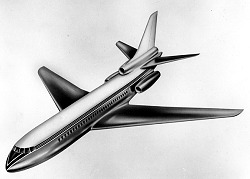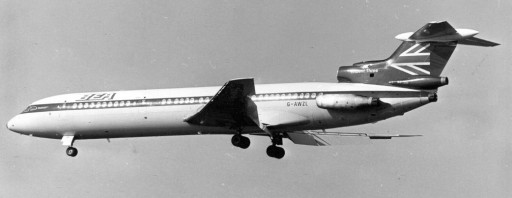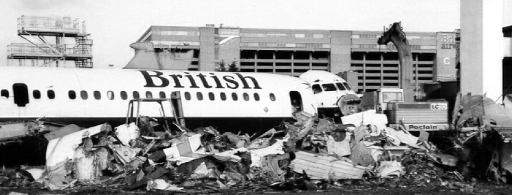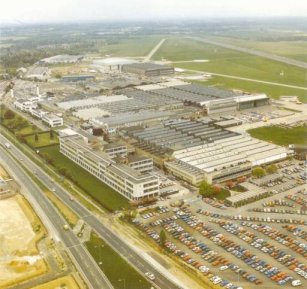
The Trident was originally conceived by de Havilland in the late 1950s as the DH 121 in response to British European Airways (BEA)'s request for a new short to medium haul haul jet airliner, in competition with the Vickers VC-11. The DH 121 was the winning proposal and development of the aircraft began. At the time, speed was one of the most important considerations in airliner design so the aircraft was designed with a low drag wing, with the engine mounted at the rear of the aircraft so the wing was kept as clean as possible. de Havilland became part of the Hawker Siddeley (HSA) group in the government forced mergers in the industry in 1960. The original DH 121 was a reasonably large aircraft with a high passenger capacity but due to a downturn in the air travel market, BEA requested that the aircraft's dimensions be reduced. As a result the aircraft now seated far fewer people and was to be powered by three Rolls Royce Spey engines as opposed to the planned Medways.
The DH 121



